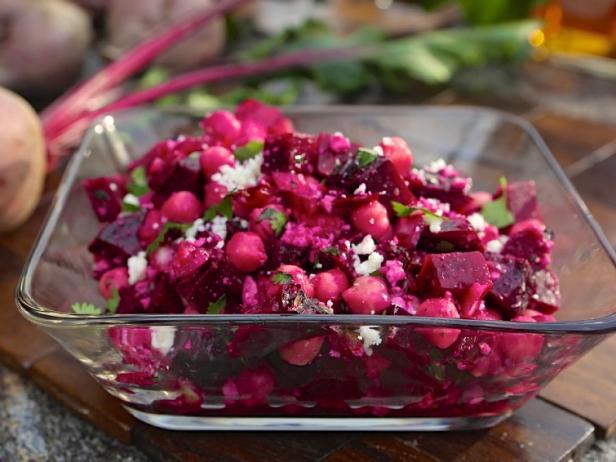SNAP Challenge Blog
#2
So it’s the end of Day #3 and I have already learned and
gained a lot from this exercise.
I decided – yes, I was able to choose – to do the challenge
for five days. Those happened to be mostly days that my husband and daughter
weren’t going to be home. So that meant less money all together, but somewhat
easier planning.
For one person for five days, my budget was $23 ($4.60/person/day).
The “rules” are that I start from nothing, so I had to buy everything I was
going to need for those five days. We do get a CSA share, and based on
calculations for that ($12/week share for just me for five days), I figured
that was $4.25 of my budget. So I had $18.75 to spend on groceries.
I did a little planning, including getting out my copy of Good and
Cheap, which I had gotten when the author did a Kickstarter for her
cookbook of recipes you can make on a $4/day budget. Mostly looking at her
shopping list gave me some tips.
And off I went. It was late, and I was coming home from
Potsdam, so I stopped at WalMart, not my usual shopping choice (Aldi was
closed). Pushing my big cart, and with calculator in hand, I started in the
produce section. (I knew I had kale, zucchini, tomatoes, onion, and a small
eggplant left from my CSA share.) I got lettuce, a cucumber, and four bananas.
The bananas were priced by the pound (I couldn’t swing the organic ones), and I
had to hunt for the one scale in the produce section to figure out exactly how
much my four bananas would be.
I found peanut butter and jelly (luckily, the small jar of
naturally sweetened fruit spread was the cheapest – not the best economy, but
the cheapest), a couple cans of beans, spaghetti, a jar of pasta sauce, eggs,
and milk. I held off on bread and cereal, which I could only get in a huge box
that was a budget buster.
I had planned to get some chicken as a protein source. This
is when things got dicey. There was a big sign that showed $1.88/pound, but
that was for the big, family packs – way more than I needed and definitely more
than I could afford. So I looked at the small packs of tenders and a pack of
ground chicken. $4.95. $3.86. And I began to get a knot in my stomach and
started to feel anxious. How was I going to fit this into my budget? I looked
at the big cart with a very few things in it and felt a bit overwhelmed. I
checked my list and my Good and Cheap notes. I’d have to count on the eggs and
beans for protein. No chicken.
I ended up stopping at the Price Chopper to get a small box of
no-name Cheerios and the cheapest loaf of wheat bread I could find. I almost had
a coffee coup - a $1.98 special – but
then realized they were sold out of the special. No coffee.
In the end, my total grocery bill was $17.67. Even with the
cost of my CSA I was still a little under my allowance. So I could do it, with
some careful planning, a couple of stops, and a few anxious moments I was
within my budget. But the upshot was going to be a pretty basic, monotonous
menu for the week.
At the end of the week I’ll share some reflections on this
experience. It’s Hunger Action Month. Consider giving the SNAP Challenge a try
as you reflect on how others manage their families’ diets and nutrition on a
limited budget.
--Carol Pynchon

















